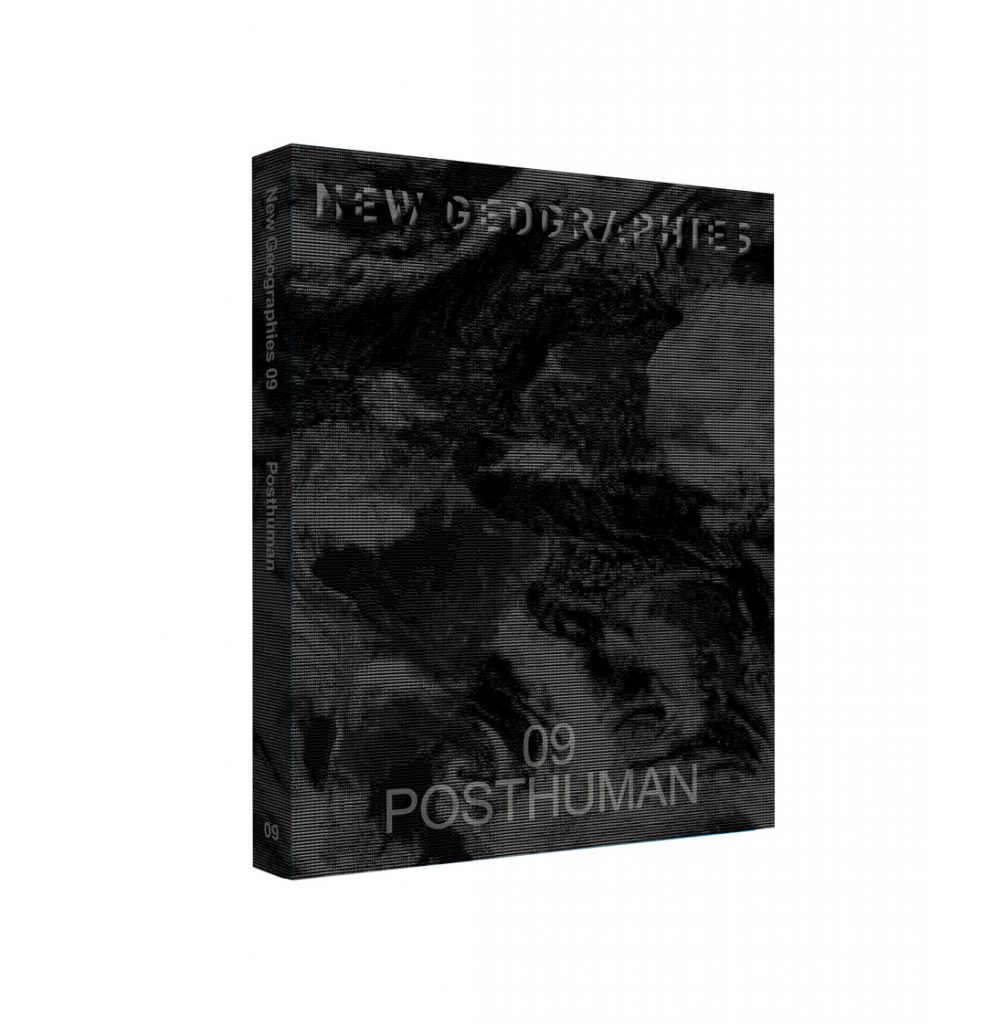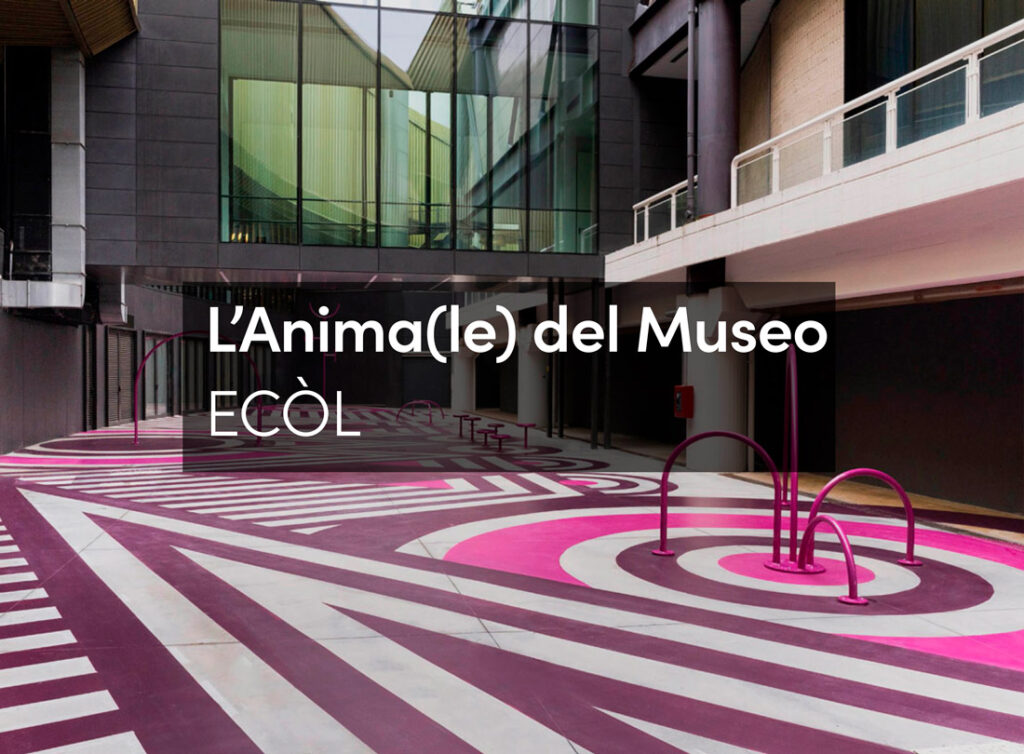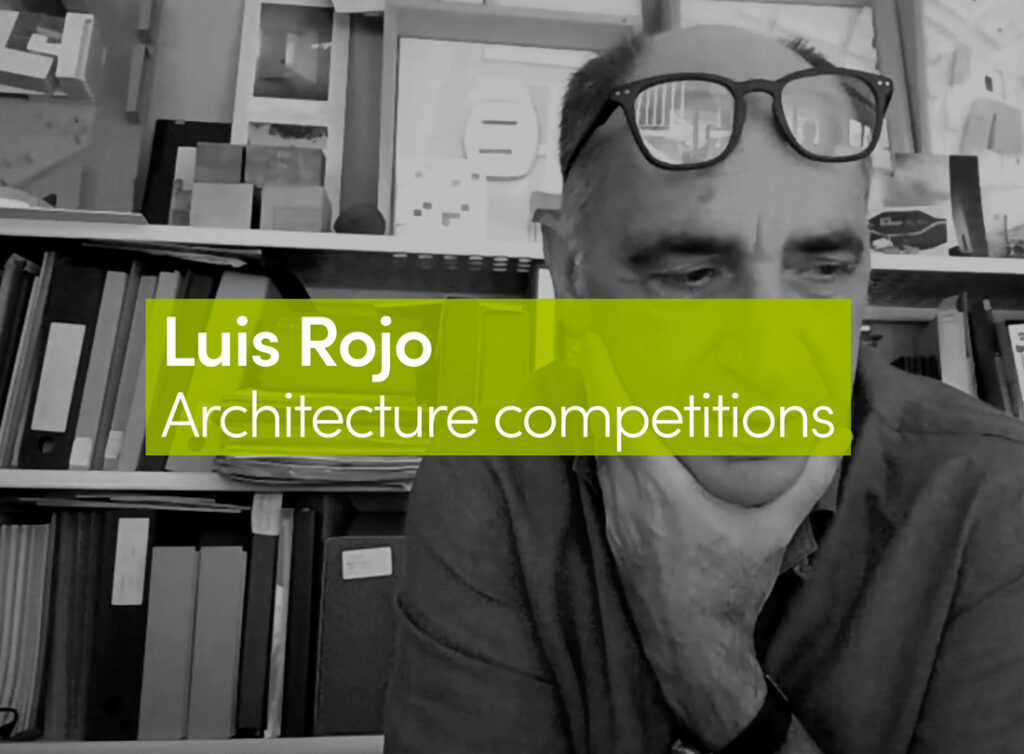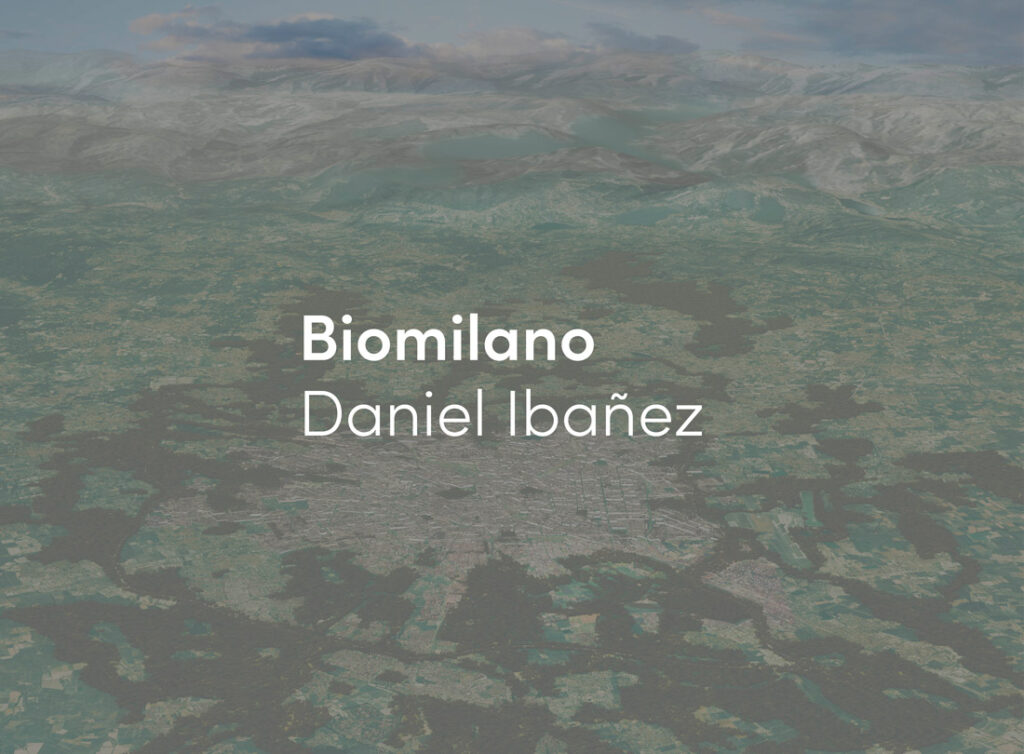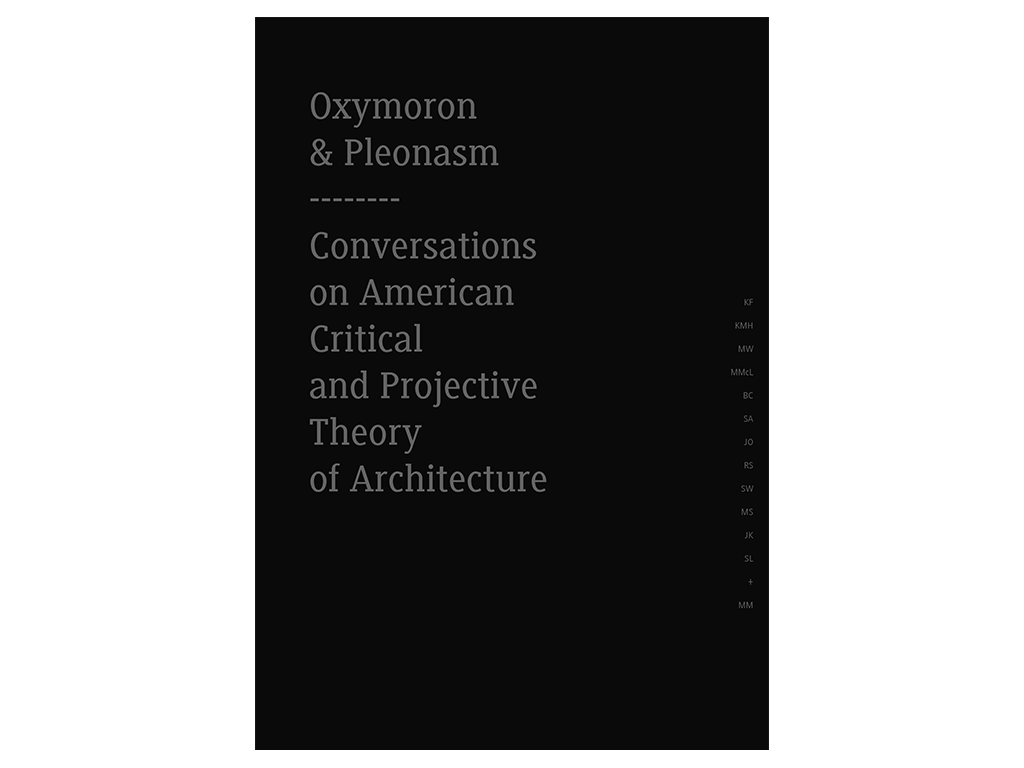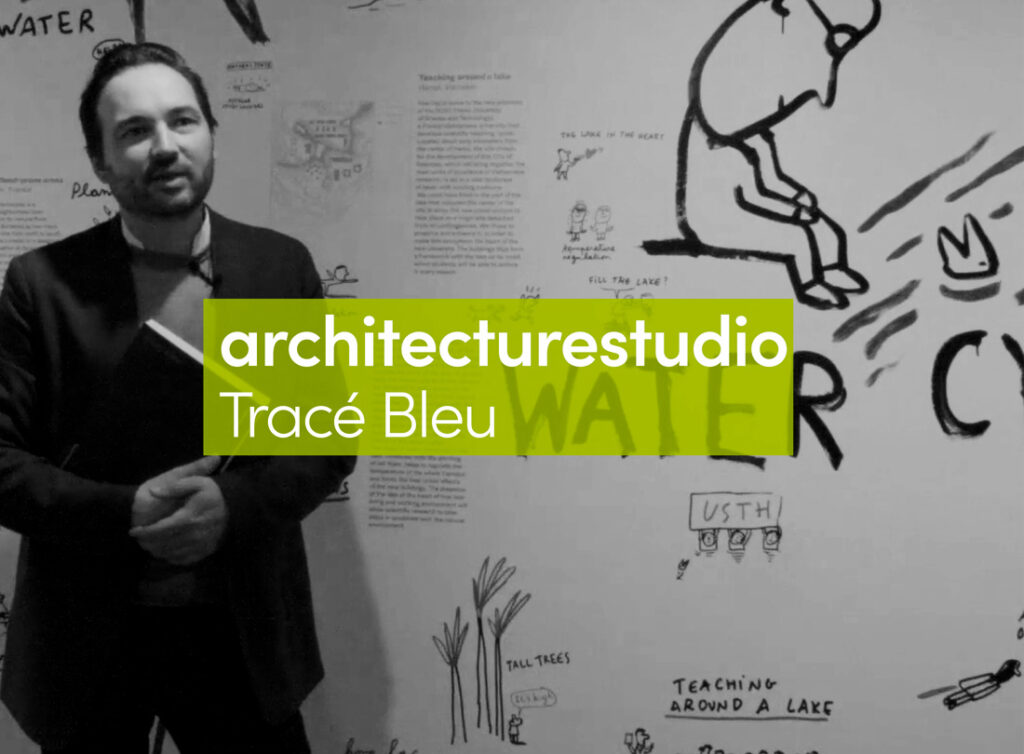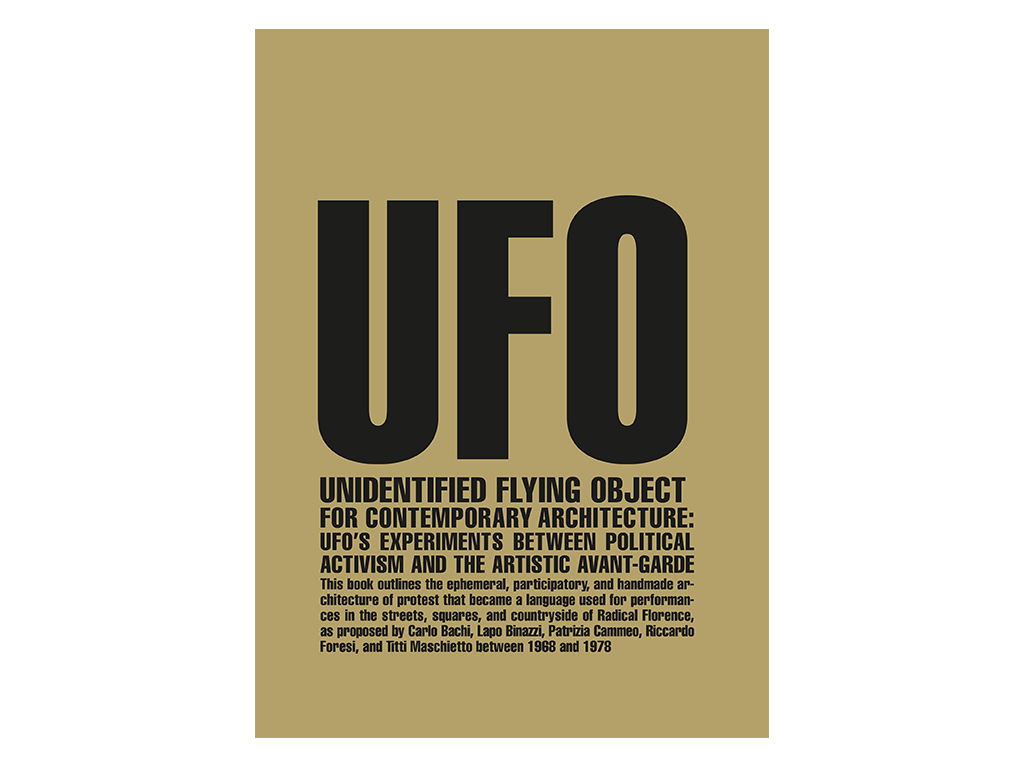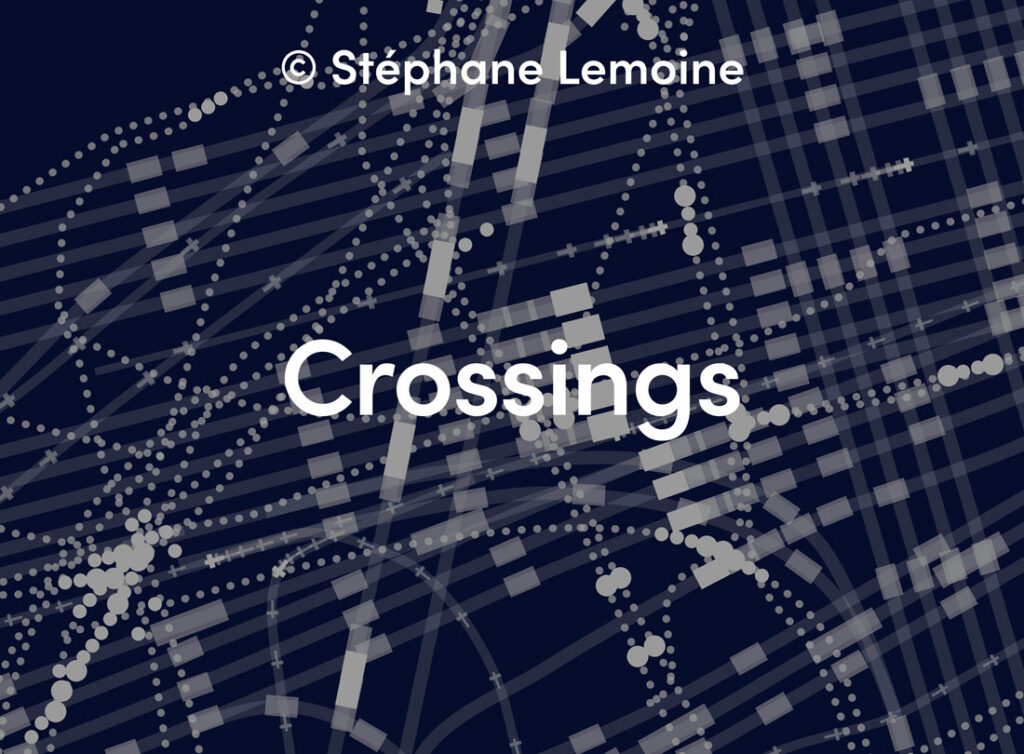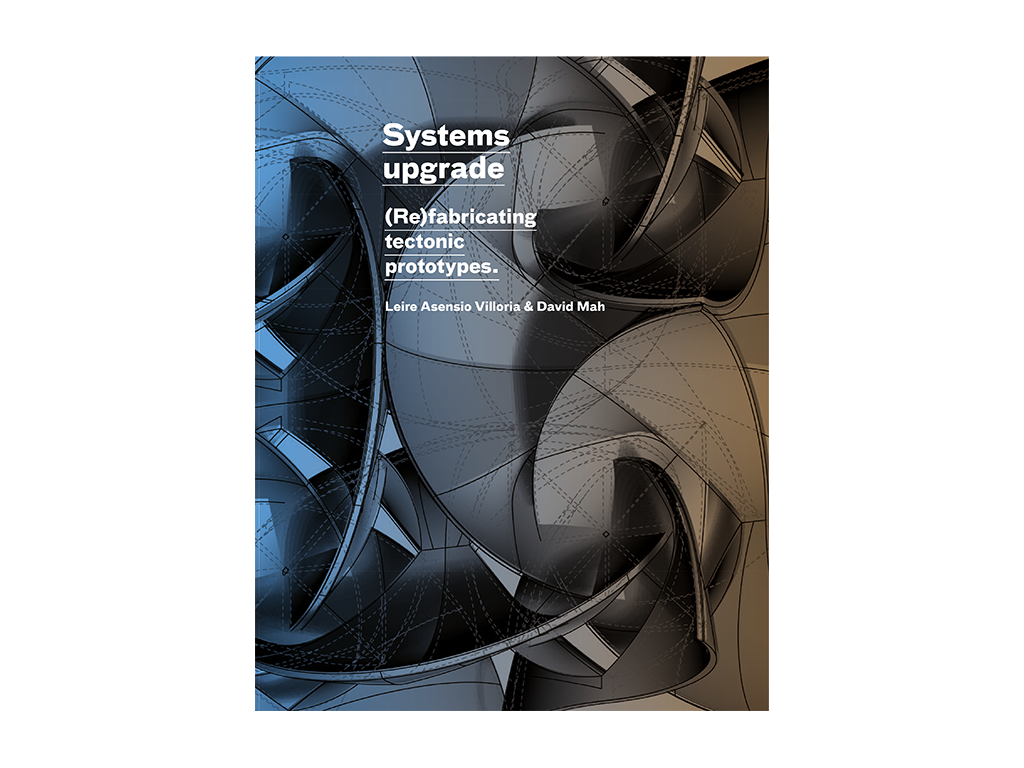Writing in 1994, in his overview of 20th-century history titled The Age of Extremes, Eric Hobsbawm notes a proliferation of words beginning with “post”:
When people face what nothing in their past has prepared them for they grope for words to name the unknown, even when they can neither define nor understand it. Some time in the third quarter of the century we can see this process at work among the intellectuals of the West. The keyword was the small preposition “after,” generally used in its latinate form “post” as a prefix to any of the numerous terms which had, for some generations, been used to mark out the mental territory of twentieth-century life.[1]
He lists examples: post-industrial, post-imperial, post-modern, and post-structuralist, among others. Adding the prefix “post” to familiar words, Hobsbawm concludes, signifies an event of consciousness: “In this way the greatest and most dramatic, rapid, and universal social transformation in human history entered the consciousness of reflective minds who lived through it.”[2]
The terms “posthuman” and “posthumanism” (with or without hyphenation) were just coming into fashion then. They have since become much more common and should be added to Hobsbawm’s list.[3] Yet their meaning is cloudy, because the post-combination essentially implies a void: “I can’t find words for what is going on.” So what is the “greatest and most dramatic, rapid, and universal social transformation in human history”? This question, and not the specific term “posthuman,” will be the focus of attention here.
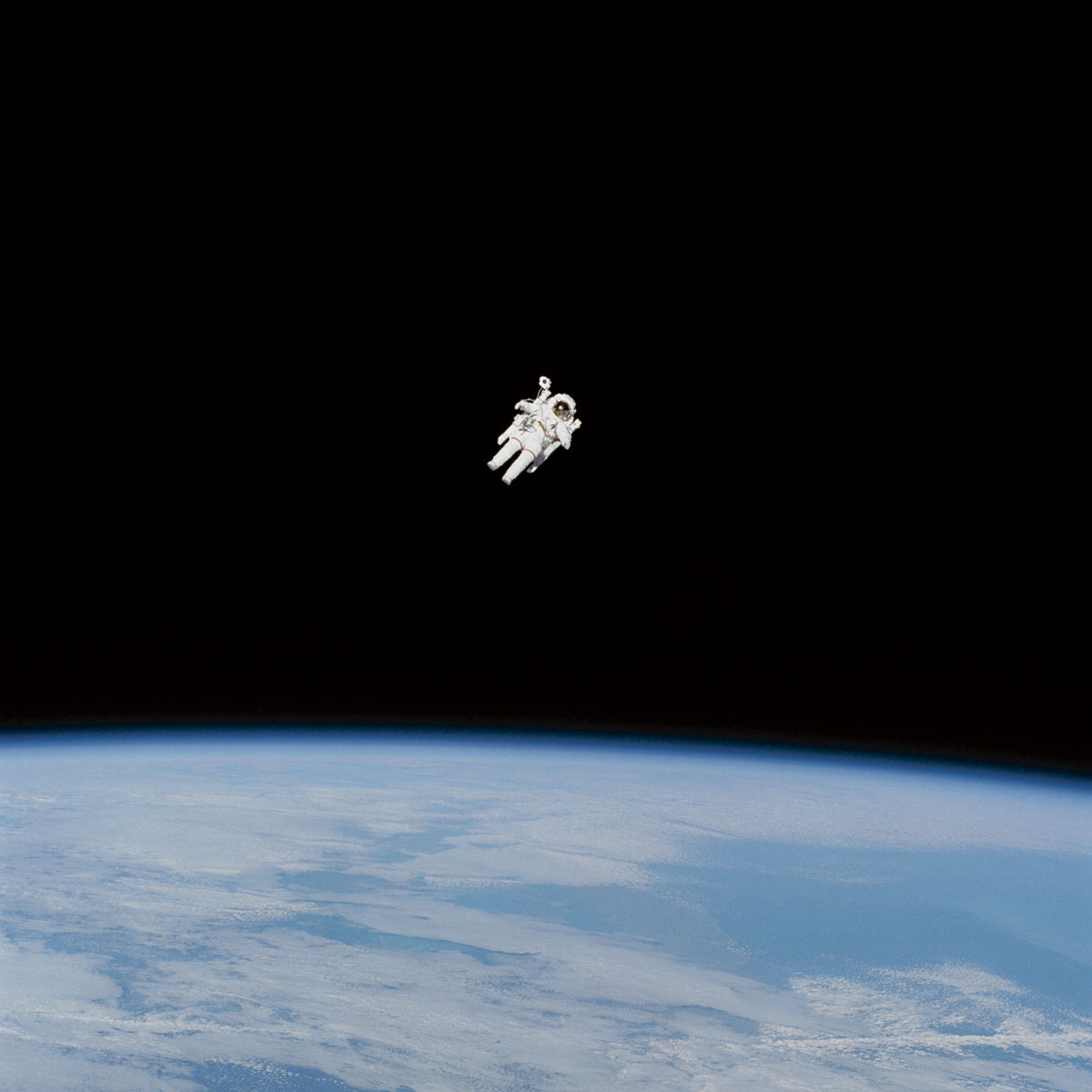
The wholeness of the image is familiar to us, but the particular quality of fragility it reveals is harder to see. As massive as our planet is (some 6 sextillion tons), the habitable environment of the globe, as revealed by our own fragility, is but a tissue-thin atmosphere. The inextricably interrelated quality of this atmospheric space, as well as the increasing urbanization that shapes it, are the inescapable issues of our own age. — Nicholas de Monchaux, 2011.
In the middle section of The Age of Extremes, Hobsbawm explains that for him the transformation is essentially the “death of the peasantry” that took place in the third quarter of the 20th century, when the Neolithic Era, characterized by the harvesting of land and sea, ceased to be the material and cultural foundation of human life.[4] Many other historians have defined the transformation as the vast expansion of productivity in the Industrial Revolution beginning in the late 1700s, extending through the Second Industrial Revolution of the late 1800s and early 1900s, and continuing in the still ongoing Information Revolution.
More recently, other historians have borrowed terms and concepts from geology to characterize the transformation as the advent of the age of the Anthropocene. This label may be considered a bold act of disciplinary border crossing; or an admission that traditional historical language is inadequate to express the significance of new historical events. On the other hand, the language of natural history is inadequate for describing human history. Its time constants are far too sweeping to fit the temporal scales of human experience. The evidence it seeks in stratigraphic and other geological markers rarely register struggles for power within the human species, much less the role of human consciousness in co-evolving with its habitat.
All these ways of looking at “the greatest and most dramatic, rapid, and universal social transformation in human history” have this in common: they describe its essential feature as the creation of a new habitat for human existence. Since the emergence of the species, nonhuman nature has been the ground of human life. The relationship between figure and ground—or better yet, figure and surround—has shifted such that we now dwell in a hybrid environment where human-generated technologies and the given world are inextricably mixed. In this new habitat, humans initiate processes—biological, meteorological, and radioactive, to take some examples—that would never have occurred on the planet without us. We are not the only agent in our habitat, but we are the primary agent. The substance of this great transformation is humankind’s creation of a new habitat, which humans dominate but do not control.[5]
How do we talk, and therefore think, about this phenomenon as a historical event? Usually we do so from the outside, using as evidence things and systems we have made and continue to make and operate: plows, mills, knives, steamboats, photographs, computers, highways, spacecraft, and so much more. The re-creation of our habitat through making and using all of these material things is a process that has taken place in multiple dimensions, with many complicated feedback loops. At certain moments, however, these processes crystallize into events that make us realize what is happening over larger stretches of time and space. These are events which, in Hobsbawm’s words, show that the transformation of the human habitat has “entered the consciousness of reflective minds who lived through it.”
Such an event of consciousness took place in the late 19th and early 20th centuries. Within the space of a few decades, the great, centuries-long project of the modern West—the mapping of the planet, as “mapping” was defined by the mapmakers themselves—drew to a close. World atlases from that time show just a few areas of the globe (most notably the Poles and the interior of Africa) that had not yet been surveyed. The map implicitly proclaimed these “empty places” would soon be filled in. The notable features of the lands and waters of the globe would be known. The great project of the Renaissance, the surveying of the entire planet, would soon be accomplished.
Americans learn about this event as “the closing of the frontier” (famously described as such by Frederick Jackson Turner in an 1893 lecture to the American Historical Association). It was not just the American frontier that would soon be gone, however. Everywhere around the globe, lightly populated lands were being brought under the jurisdiction of markets, technological systems, and political oversight. This process involved more than a “scramble for Africa.” It brought a speedy and final end to the independent societies of indigenous peoples all over the world, in a relentless project of genocide, dispossession, and domination based on an overwhelming superiority in firearms. The mapping of the planet coincided with a global invasion of Western civilization, so-called.
But if mapping and conquering the planet were regarded as a great triumph by many Westerners, it was also a source of anguish for them. Henceforth there would be precious little space available for adventure, discard, refuge, or experimentation. More and more would the planet be dominated by human desires, needs, and actions. The end of the age of exploration opened a new age of geography, when the world became both known and closed.[6]
This particular event of consciousness is the context— not a cause, but an important element of historical context—for the emergence of “design” as a key concept. Design is something humans have practiced since the Neolithic Era. (Indeed, the very concept of a “New Stone Age” is based on the design of stone tools.) The end of the world frontier, however, raised consciousness of the opportunities and necessities of better organizing the known world to fit human needs and desires. What is new in the late 19th century is the emergence of design as a conscious project, with articulated goals and methods, offering new ways to explore and take control in a new habitat.
As the age of exploration was drawing to a close, both the word and concept of design changed dramatically. Before then, according to the Oxford English Dictionary, neither as a verb nor as a noun did design have anything like its current meaning. From its first appearance as a verb around 1400, design meant appointing, nominating, or designating. Later, the verb could refer to planning or intending, but only in the human mind. Its usage as a noun appeared in the late 1500s, but again referred to a plan conceived in mind only. Associations of the word with a sketch, drawing, or physical plan did not emerge until the late 1600s. And only in the mid- to-late 19th century did design assume its current meaning, encompassing the arts of drawing or sketching, the processes of modeling and constructing, and otherwise planning features of an object in conformity with aesthetic or functional criteria.
At the same time new professions, arts, manufacturers, and markets emerged that proclaimed themselves organized around design. This sequence is especially notable in Britain, where there is a clear and striking series of episodes: the role of Owen Jones in the decoration of the Great Exhibition of 1851 in Hyde Park, London; the influence of John Ruskin; the work and ideas of the Pre-Raphaelites; the career of William Morris; and the founding of both the Century Guild of Artists and the Arts and Crafts Exhibition Society. Toward the end of the 19th century this stream of events broadened into the Arts and Crafts movement, and eventually Art Nouveau, as practices, ideals, and forms spread to the European continent, the Americas, and beyond.
This is not the place to follow this story into the 20th and 21st centuries. It is enough here to point out that the rise of design consciousness has continued to expand and intensify to this day. One clear indication of this development would surely be the founding of the Harvard Graduate School of Design under that name in 1936. Another might be the even more recent convergence of engineering and design education at the Massachusetts Institute of Technology, which in 2016 initiated a new Minor in Design, and which has, in the words of its current president, “taken steps to promote design thinking across the Institute through the lens of problem setting.”[7]
What is consistent throughout this history is the tone of celebration for the brave new world of design. At a time when the closing of geographical frontiers aroused an uneasy mix of triumphalism and anxiety, design seemed to offer new kinds of frontiers, new openings for human discovery and mastery. This tone is even expressed in the statement of purpose for this journal, New Geographies, which begins:
The journal … aims to examine the emergence of the geographic—a new but for the most part latent paradigm in design today—to articulate it and bring it to bear effectively on the agency of design…. It is time to consider the expanded agency of the designer.[8]
The editors of New Geographies want to investigate how “design practices can have a more active and transformative impact on the forces that shape contemporary urban realities.”[9]
Thinking of design in such ambitious terms comes from the awareness that human domination of the planet requires and offers a much greater role for human design. What challenges, and what opportunities! But here too the sense of triumph is muted by a sense of anxiety, even anguish. As the scope of design expands and evolves, it inevitably reduces the availability of the un-designed world as a source of inspiration and knowledge. Inevitably, too, the expanded agency of the designer may prove unmatched to the power of historical forces such as those that “shape contemporary urban realities.”
Let us look at some of the complexities of this new design consciousness by focusing on William Morris (1834–1896), arguably the individual most responsible for the rise of design in the 19th century, both in theory and in practice. No one presents a broader, deeper vision for the future of design—and no one better understands its limits.
In 1883, when Morris filled out his membership card for the Democratic Federation (later the Socialist Democratic Federation), he identified himself in one word: “Designer.”[10] Two decades earlier, upon graduating from Oxford, he had taken an apprenticeship in an architectural firm. It lasted only nine months, partly because Morris was temperamentally unsuited to the tedium of office work, and partly because he had greater ambitions. As a student Morris had discovered the writings of John Ruskin. Toward the end of a revelatory tour of Gothic cathedrals in northern France, on the docks of Le Havre, Morris and his friend and travel companion Edward Burne-Jones vowed to dedicate themselves to “a life of art.”
For Burne-Jones, art meant painting. For Morris, it was not so clear what his art would be. Over time, under the influence of Ruskin, the Pre-Raphaelite brotherhood, and his own defiant spirit, Morris was increasingly drawn to the “lesser arts” of decoration, committing himself to narrowing the distinction between them and the fine arts. He would later write, in an essay titled “The Lesser Arts,” that he wanted to “help bring forth decorative, noble, popular art.” Such art would sanctify the human-built world:
That art will make our streets as beautiful as the woods, as elevating as the mountain-sides: it will be a pleasure and a rest, and not a weight upon the spirits to come from the open country into a town…[11]
The artistic brotherhood slowly evolved into a creative collective. In 1861, along with six others from this group, Morris founded a decorative arts company that became known simply as The Firm. At the outset, The Firm primarily executed commissions for wall paintings and papers, stained glass, metalwork, jewelry, sculpture, embroidery, and furniture. The painters among the group were commissioned to produce drawings for stained-glass windows or tapestries. Morris’s architect friend Philip Webb designed simple, sturdy furniture. The Firm used flexible production methods for a specialty market. Some items were made by hand; others were produced by machinery in The Firm’s workshops or were outsourced to other manufacturers.
As business grew, The Firm moved to various locations in and around London. Eventually, in 1875, Morris took over sole management of what became Morris & Co. He was the epitome of the hands-on manager. In developing new lines of business, and also for his own pleasure, Morris took up one craft after another, teaching himself oil painting, calligraphy, embroidery, and illumination, among other arts. As a more or less conventional designer, his strongest talent lay in creating patterns for two-dimensional products like fabrics, carpets, and wallpapers.[12] He would hand-sketch the patterns, adding marginal directions for the colors of each detail, and identifying threads or pigments by number.
But for Morris, the work of design extended to all stages of the manufacturing process. Since most of the fabric and paper production was outsourced, he worked closely with manufacturers to ensure that dyes were true and correctly adjusted to the different materials being printed. He became interested in dyeing wools for tapestries and carpets. He researched the water flow around mill sites to be certain it was adequate for handling the dyeing vats as well as running the machinery. Morris became intrigued by traditional weaving techniques displaced by mass production methods. He eventually installed a loom in the bedroom of his London home, where he enjoyed the rhythmic labor of hand weaving.
Morris’s deepest conviction was that the work of design includes the design of the labor process. When he came out publicly as a socialist in an 1883 lecture at Oxford, Morris stressed that “art is man’s expression of his joy in labor.” (Ruskin, who chaired the event, was unable to disguise his shock at hearing Morris declare himself a revolutionary.) When the lecture was printed as a pamphlet, Morris’s assertion was set forth boldly, on a separate line, in capital letters.[13] The enemy of joy in labor, Morris declared, was not machinery but class division: not the “tangible steel and brass machine … but the great intangible machine of commercial tyranny, which oppresses the lives of all of us.”[14] The Firm represents his design for a business that will bring some pleasure to worker and consumer alike within the context of the greater machine of capitalism.
For Morris there is no contradiction between being an owner-manufacturer and being a socialist. But there is a contradiction between the “desire to produce beautiful things,” which engaged his work as a designer-manufacturer, and his two other strongest desires: to be closely connected with nonhuman nature and with human history. This tension is expressed most clearly in one of his best-known essays, “How I Became a Socialist,” written in 1894 at the request of the editor of the periodical Justice. In it Morris declares, “Apart from the desire to produce beautiful things, the leading passion of my life has been and is hatred of modern civilization.” He then describes how downcast he felt before his “conversion” to socialism because modern civilization seems to destroy the things he cares about most: “a deep love of the earth and the life on it, and a passion for the history of the past of mankind.”[15]
The “beautiful things” that Morris designed were intended to provide connection, for him and for others, to the life of the earth and human history. But no matter how much he resists the oncoming tide of “modern civilization,” the tide keeps coming: it is stronger than the designs are. Over and over again, in letters and in talks, Morris expresses his dismay at the junky buildings encroaching everywhere; cathedrals “restored” in false and ugly ways; forests and rivers trimmed and channeled into well-manicured parks; wonderful stories of human heroism and devotion lost or forgotten; lovely cities like Oxford invaded by commercial development. While Morris was not conventionally religious, he saw the world and the past as sacred precincts constantly being profaned.[16]
Worse yet, to some extent the designer is complicit in this process. His or her designs may be beautiful, but they still play a role in the constant extension of human presence, in the constant acceleration of human conquest of the planet. They are inherently, unavoidably, associated with humankind and the present, rather than nonhuman nature and the past. Just as mapping the world devours the unknown, so does the activity of design devour the un-designed, which Morris continued to value as a resource for art, and as a source of consolation and perspective.
Biographer E. P. Thompson analyzes Morris’s turn to socialism as a means to reduce his own anxiety, depression, and even despair that had accrued over the years. Upon joining the Democratic Federation in 1883, Morris wrote to a fellow Socialist:
I have not failed to be conscious that the art I have been helping to produce would fall with the death of a few of us who really care about it, that a reform in art which is founded on individualism must perish with the individuals who have set it going.[17]
Morris spent most of his time speaking, writing, and organizing, with the firm conviction that socialism would shape the forces of history in ways that design alone was incapable of doing. By the later 1880s, however, his energies were increasingly consumed by internecine quarrels on the British Left. Morris always remained a socialist, but came to realize that the revolution would not come within his lifetime, and maybe not for a long time afterwards.
Thompson concludes that in Morris, “we may see . . . not a late Victorian, nor even a ‘contemporary,’ but a new kind of sensibility.”[18] It is a sensibility shaped by the triumph of human empire, where delight in new mastery over the planet is attended by endless experiences of change and loss. Human connections with nature and history are always fragile. The expectation that the world provide a stable, predictable platform for design cannot be taken for granted. Morris was pugnacious and energetic, but he lived with a constant sense of loss and foreboding. And he was bravely realistic in accepting the fact, as he saw it, that he was fighting a losing battle.
The example of Morris suggests that design is not just a new profession, a new way of transforming the world through art, but also a new consciousness: one that revels in the broad new possibilities for human powers, but that is also constantly sensible of the prospects for loss and of the limits to design.
To have the whole planet, and maybe even some of the cosmos beyond it, available to design can seem wonderful or frightening or both. Is the fully known world necessarily a welcoming one for human life? Is the fully designed world one that is truly comfortable for us? Can design be redesigned to address loss and instability, or does it inevitably—if unintentionally—contribute to a sense of entrapment in “modern civilization”?
Morris himself responded to such questions by extending his design activities in new directions. In the spring of 1890, when anarchists and other factions drove his group out of the Socialist League, Morris responded by finding two new outlets for his “life of art.” He shifted the focus of his design and manufacturing activities to bookmaking, which eventually became a new business venture, the Kelmscott Press. He also started writing stories about the deep historical origins of just, equitable societies. The two projects merged when in 1891 he used the press to publish one of those tales, The Story of the Glittering Plain, which had already appeared in a magazine, making it into a beautiful book.
This turn to storytelling was by no means sudden or surprising. From the time he entered university, Morris was what we would now call a folklorist. He retrieved, studied, translated, and disseminated romances, epics, and sagas from European and non-European sources. Eventually some of these tales formed the basis of The Earthly Paradise, a long poem published in four parts between 1868 and 1870. It was a bestseller and over time became staple reading material of the English Victorian bourgeoisie.
Morris himself moved on to favor folktales that he considered more closely aligned with the perspective of ordinary people . He started reading Nordic sagas, first in translation and later in the original language in collaboration with an Icelandic scholar. He immediately took to their “delightful freshness and independence of thought . . . the air of freedom . . . their worship of courage (the great virtue of the human race), their utter unconventionality . . .”[19] Inspired by these sagas, Morris began to write stories about early Europe, experimenting with various mixtures of prose and poetry. He wanted to go back in time to Europe as it was before the rise of the Roman Empire, to retrieve the sense of freedom he imagined that the European tribes enjoyed when they still governed themselves. Morris also went into the future in his imagination, writing a utopian prose romance, News from Nowhere (1890), about a society that has rediscovered and affirmed its connections to the life of the earth and to the human past.
While writing News from Nowhere, Morris was also working on another project, a sort of fairy tale. He wrote to his wife, “I have begun another story but do not intend to hurry it—I must have a story to write now as long as I live.”[20] This project became The Story of the Glittering Plain, which one scholar has described as “simply unlike anything else in English literature before it.”[21] In this work Morris designs a coherent, independent habitat that is earthlike but not identifiable as any place on earth, which presents an engaging field for action, learning, and heroism. In subsequent stories, Morris invented a whole series of new geographies. The importance of the imagined boundaries between land and water are evident in their titles: The Well at World’s End (1896), The Water of the Wondrous Isles (1897), The Wood beyond the World (1894), and The Sundering Flood (1897).
These stories introduce alternative worlds that can be inhabited by a reader, viewer, or player. In the next generation, J. R. R. Tolkien, deeply influenced by Morris as linguist, folklorist, and writer, would name these inventions Secondary Worlds. Today they are called fantasies, and Morris is respected as a pioneer fantasist. Yet for Morris, these works present realistic visions of what human life could and should be like. They provide a setting for how humans should live, when the actually existing world of “modern civilization” does not.[22]
This synthesis of two kinds of design—of Secondary Worlds, and of splendidly crafted books—occupied Morris from 1890 until his death in 1896. Although he did not see the socialist revolution on the near horizon, neither was he trapped by history. The worlds and stories he invented offered a sense of human life as it should be, of experience liberated, of reprieve from the desecrations that he found so oppressive in “modern civilization.” “William Morris: Designer” redesigned design to include new geographies.
Design, as we know it today, is characterized by beliefs in the agency of the designer and in the potential of design to transform the human-built world for the better.
William Morris shared these convictions, but he also had strong doubts about them. He expanded the concept of design to include the labor process as part of the design process. Later he became a revolutionary Socialist because he believed design practice, no matter how broadly defined, could not bring about the collective changes that human life deserved. In the last years of his life he turned to designing imaginary worlds as settings for adventurous stories. He did this to nourish himself and others with comfort, inspiration, and pleasure.
He was no longer trying to change the world, but to enjoy and accept the world as it exists—a world, as he explained in a letter to a dear friend, that “goes on, beautiful and strange and dreadful and worshipful.”[23]
Morris’s brave realism—his coming to terms with the forces of modern civilization without illusion or evasion—provides a model for designers today who face political and environmental problems that seem and perhaps are insoluble. One response to these problems is to keep expanding the scope of design to new things and systems: more of the same, but with grander scale and scope. Morris’s example suggests another response. Giving design the burden of changing history may be too heavy a load for it to bear. There may be other ways that design can make the world a better place, through rethinking what “design” is and does.
